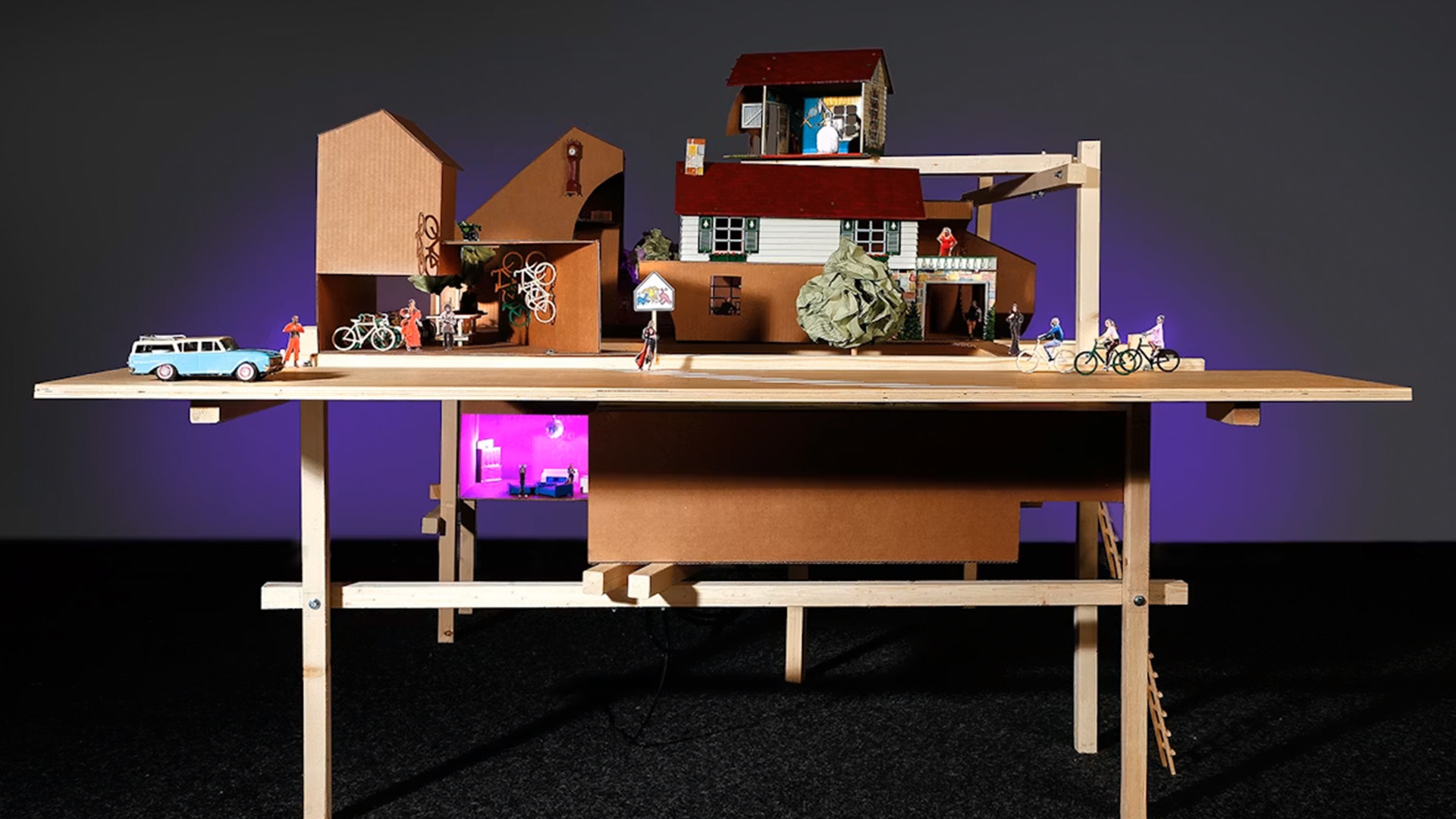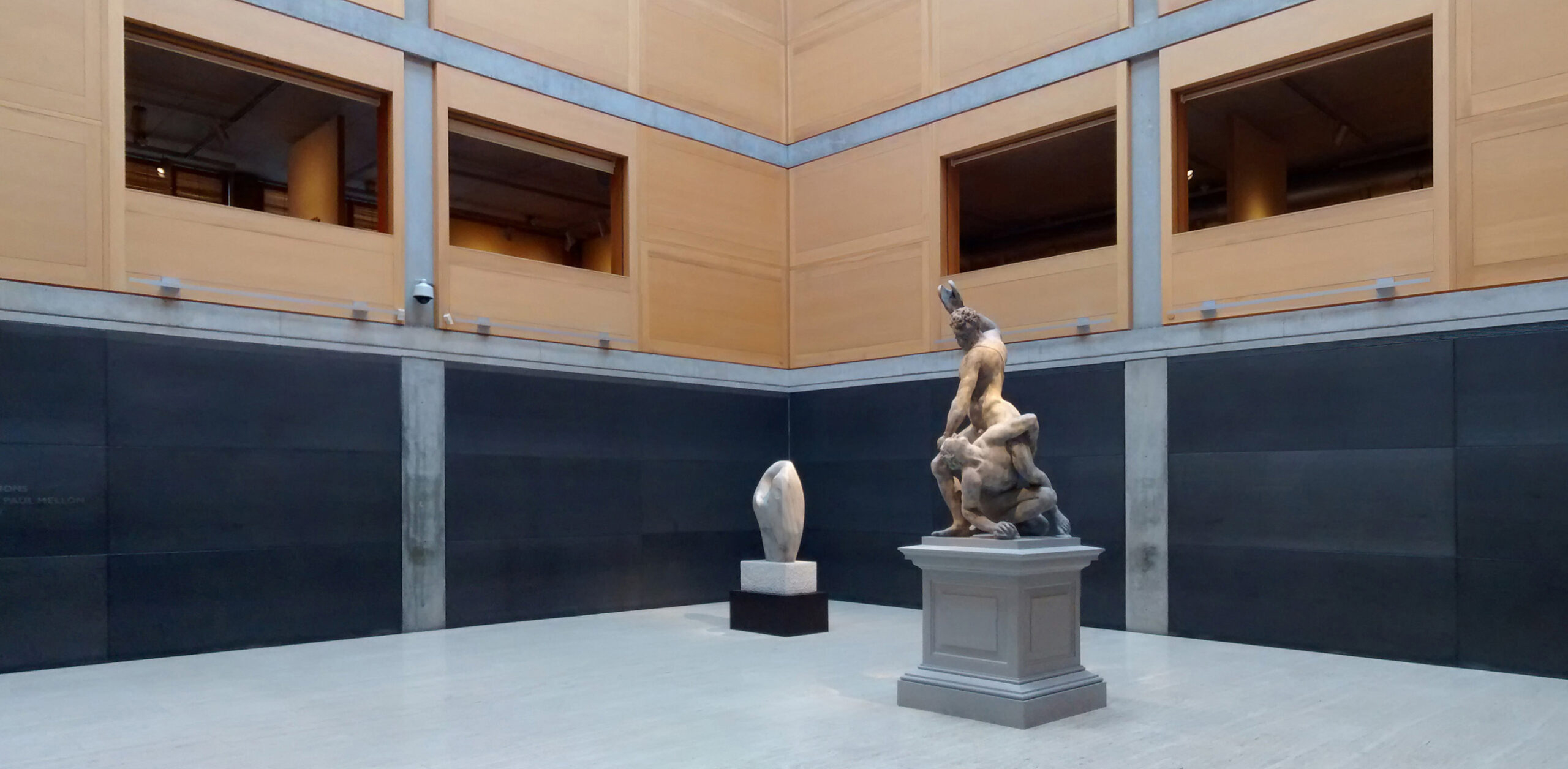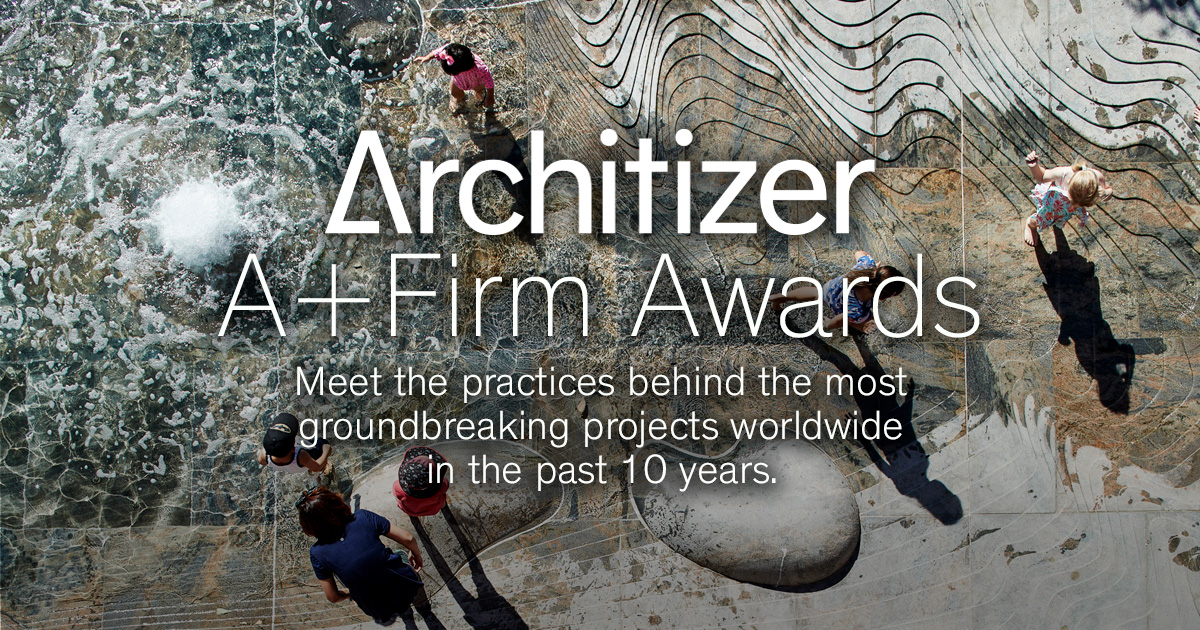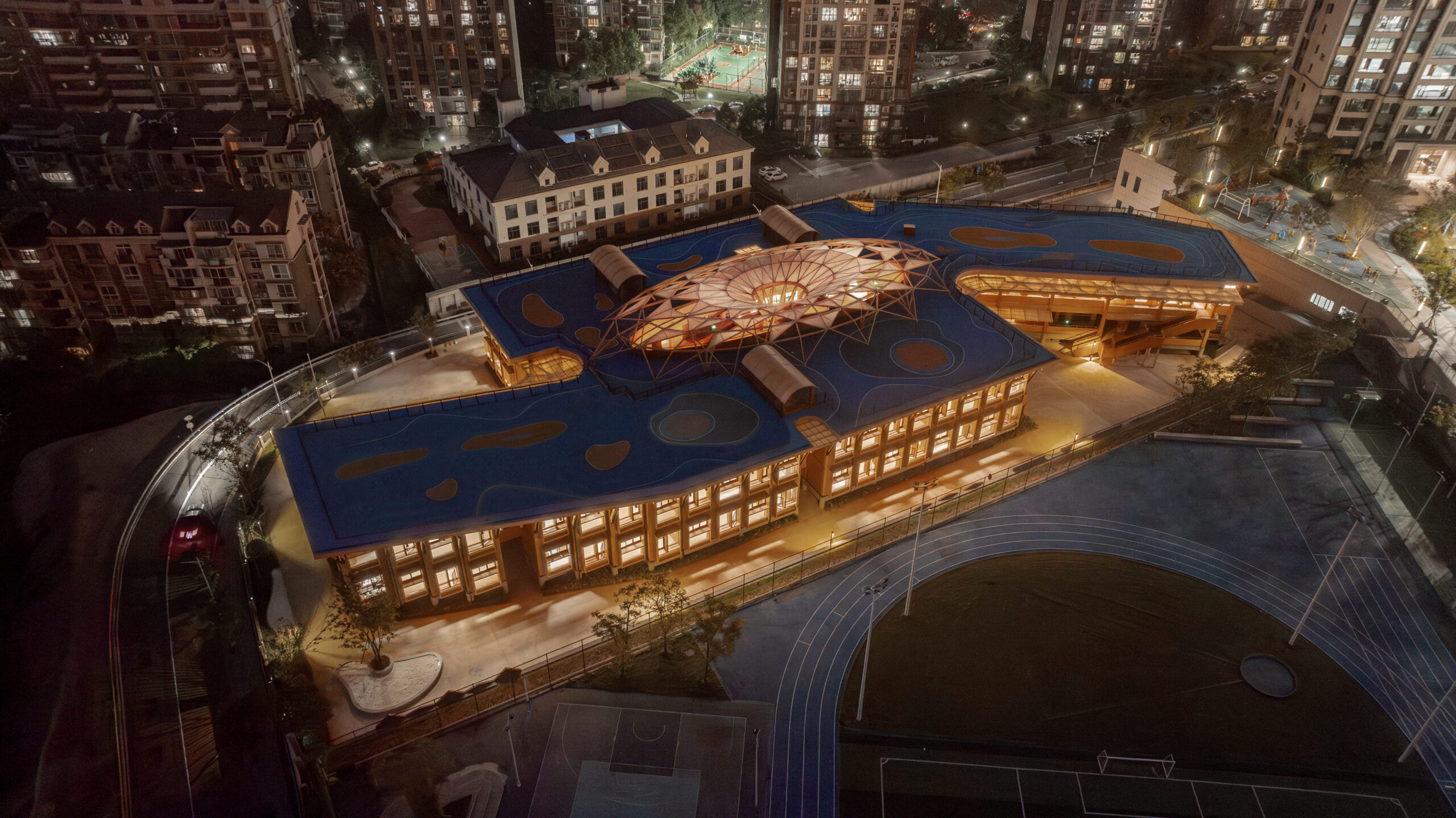Is AI Revolutionizing Architecture — or Is That Just How It Looks Online?

For more ways to supercharge your workflow, check out more articles in our Tech for Architects series, which includes our recommendations of Top Laptops for Architects and Designers.
Whether we like it or not, AI (or rather, the persistent talk of AI) is everywhere. At least that’s how it feels. Between all the LinkedIn posts, conference panels and endless hot takes, one cannot escape the constant declarations that artificial intelligence is transforming architecture as we know it.
But behind the cascade of generative imagery, glowing headlines and chatGPT-fied think pieces, a quieter truth lingers: for most architects, AI hasn’t transformed much at all. (The Emperor’s new robe was generated in Midjourney, apparently.)
Jokes aside, though, this does not necessarily mean that AI is not useful. In fact, some AI tools are genuinely making daily tasks faster or more visually compelling. But when it comes to core processes such as design development, construction documentation and regulation, this revolution that everyone speaks of hasn’t quite arrived. Not yet, anyway.
So, is AI truly going to reshape architecture, or are we all simply mistaking aesthetic novelty for actual innovation? Let’s cut through the buzz and take a closer look at what’s happening and, well, what isn’t.
What the Hype Promises

AI generated image with Midjourney
The architecture industry is no stranger to buzzwords, but few have arrived as forcefully as AI. Promises to “supercharge your workflow” (although you can find this one for pretty much any industry) or “redefine the future of design” are now filtering into headlines, product pages and panel discussions with remarkable speed.
These phrases tend to center on disruption and the idea that this novel technology will soon be able to take over drafting, automate decisions and, as a result, fundamentally rewrite the design process. For some, this is exciting and welcomed with open arms. For others, it is anxiety-inducing. But both the early adopters and the anxious skeptics have something in common: they’re overestimating where things stand.
Most of the examples used to support these bold claims aren’t tied to built projects. Instead, they come from concept-heavy visuals, generated for competitions, social media or speculative exploration.
That’s not to say they don’t have value. Some of these tools are intriguing, to say the least. But so far, they’ve had more impact on how architecture looks than how it’s developed or delivered.
The Reality on the Ground (And What’s Getting In The Way)

AI generated image with Midjourney
For all the sweeping predictions, AI is still finding its footing in practice. According to the State of AI in Architecture report by Chaos and Architizer, most usage today is limited to early-stage ideation: moodboards, sketch-based visual studies and rough massing concepts. These tasks are often carried out by individuals experimenting on their own, not through firm-wide workflows.
In these early moments, the tools have value. Sketch-to-render tests by Keir Regan-Alexander, for example, demonstrate how AI can generate compelling visuals without the overhead of modeling, which is useful for feasibility studies or informal client previews. But even then, the results are often approximate. Outputs may distort scale, space or proportion, missing the nuance of a trained designer’s intent.
As projects move into documentation or construction, the tools fall short. Most platforms still operate in isolation, without meaningful integration into BIM or project management systems. More than half of survey respondents cite limited architecture-specific functionality as a major obstacle, followed by integration issues, lack of training and time constraints.
This means that trust and reliability remain sticking points. What works for conceptual imagery rarely meets the standards needed for permits or client deliverables. Beyond the technical gaps, many firms remain hesitant due to concerns around authorship, control and creative identity. Some firms are experimenting with custom models or internal tools, but most rely on generic platforms with limited oversight of outputs.
So while AI is certainly in the room, it’s still sitting at the edge of the table. An occasional assistant in the early stages, perhaps, but not yet a partner in the full design process.
Where Real Change Is Brewing
While generative imagery tends to get the attention, some of the most useful applications of AI are showing up in less celebrated parts of the workflow.
Energy modeling, climate analysis and daylight studies may not be flashy, but they shape critical decisions early on. Tools like Cove.Tool are already helping architects compare environmental outcomes without waiting on consultants or running multiple manual iterations.
AI is also finding its footing in feasibility and early layout planning. Platforms like Hypar and TestFit can quickly sketch out options that take site constraints, zoning and rough cost estimates into account. These tools don’t pretend to design the project, but they can point toward what’s plausible, giving architects a clearer starting point.
Documentation is another overlooked area. Automating things like repetitive tagging, dimension checks or early code reviews might not feel like innovation in the headline sense, but it’s exactly the kind of dull, slow work that could benefit from support.
Real transformation may come not through disruption, but through relief, freeing architects from the friction that slows down everything else.
So, Is It a Revolution Yet?
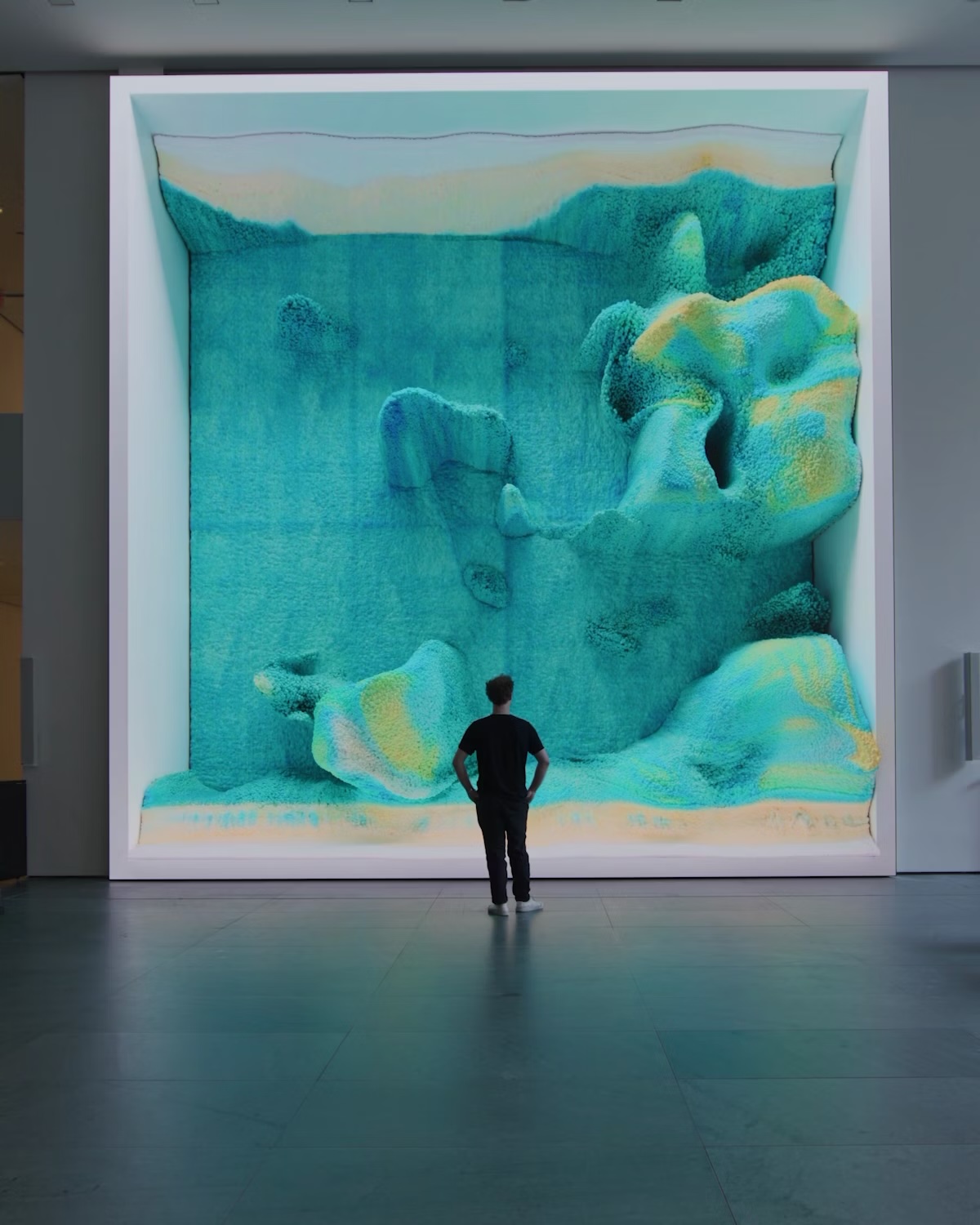
Unsupervised: Refik Anadol by Refik Anadol Studio, Studio Winner, 2023 Architizer Vision Awards
At this point, calling AI a revolution in architecture feels premature, but calling it irrelevant would be just as misleading. While it definitely hasn’t rewritten the rulebook of the industry, it is, in a way, rewriting the margins. Quietly, tools are chipping away at inefficiencies, simplifying analysis and making certain tasks just a little faster or smarter.
The real shift might not come from viral images or sweeping claims, but perhaps it can come with small, steady integrations and tools that actually help architects do their jobs better, not just differently.
For more ways to supercharge your workflow, check out more articles in our Tech for Architects series, which includes our recommendations of Top Laptops for Architects and Designers.
The post Is AI Revolutionizing Architecture — or Is That Just How It Looks Online? appeared first on Journal.






















